Use pine fines for bird cage litter
bluegirl_gw
10 years ago
Related Stories
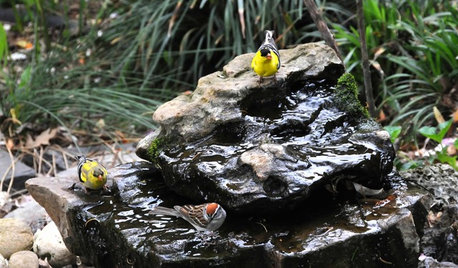
OUTDOOR PROJECTSBring In the Birds With a Homemade Bubble Rock
An avian expert from Southern Indiana shows how to make a burbling fountain that migrating birds will love
Full Story
GARDENING FOR BIRDSWhat to Know About Birds Nesting in Your Yard
Learn how to observe, record data and help ornithologists with NestWatch’s citizen science project understand bird trends
Full Story
40 Fun Gifts for Your Pet-Loving Friends
Houzz Gift Guide: 40 New Ways to Love Dogs, Cats and Birds in Style
Full Story
PETSSo You Want to Get a Cat
If you're a cat lover, the joys outweigh any other issue. If you haven't lived with one yet, here are a few things to know
Full Story
FRONT YARD IDEASBefore and After: Front Lawn to Prairie Garden
How they did it: Homeowners create a plan, stick to it and keep the neighbors (and wildlife) in mind
Full Story
ARBOR DAY8 Reasons to Plant a Great Tree
Beauty is its own reward, but the benefits of planting the right tree in the right place go way beyond looks
Full Story
GARDENING AND LANDSCAPINGBackyard Living: The Scoop on Chicken Coops
Perk up your morning with fresh eggs and chickadee clucks when you build a chicken coop in your own yard
Full Story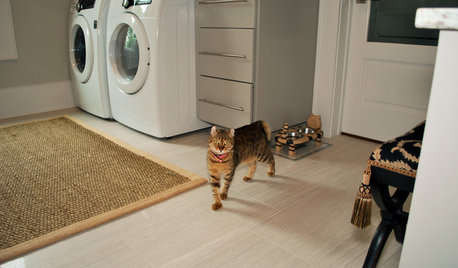
THE HARDWORKING HOMEA Laundry Makes Room for a Diva Cat
A South Carolina laundry room was designed to be sophisticated and functional, but when a kitten arrived, whimsy emerged
Full Story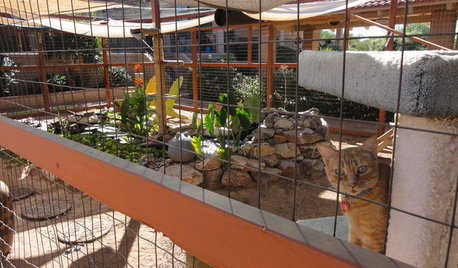
PETSSee a Deluxe 'Catio' Built for Feline Fun
Sixteen lucky cats get the run of a protected outdoor patio with ramps, steps and even a koi pond
Full Story
LIFEHow to Outsmart Backyard Critters
Learn to think like a raccoon, skunk or squirrel to keep your home safe and your garden intact
Full Story







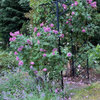

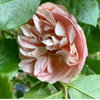
strawchicago z5
strawchicago z5
Related Professionals
Forest Park Landscape Architects & Landscape Designers · Kapaa Landscape Architects & Landscape Designers · Marina Landscape Architects & Landscape Designers · Brookfield Landscape Contractors · Clayton Landscape Contractors · Dixon Landscape Contractors · Elmhurst Landscape Contractors · Fishers Landscape Contractors · Hawthorne Landscape Contractors · Milton Landscape Contractors · Mount Sinai Landscape Contractors · Raleigh Landscape Contractors · Reedley Landscape Contractors · Saint John Landscape Contractors · Salem Landscape Contractorsbluegirl_gwOriginal Author
strawchicago z5
strawchicago z5
strawchicago z5